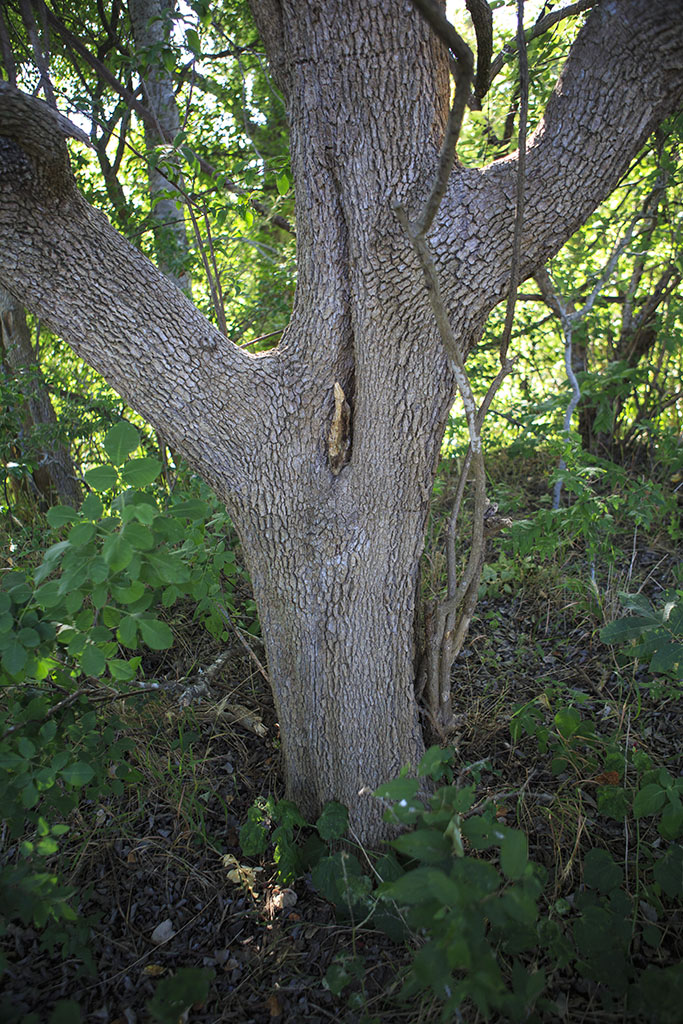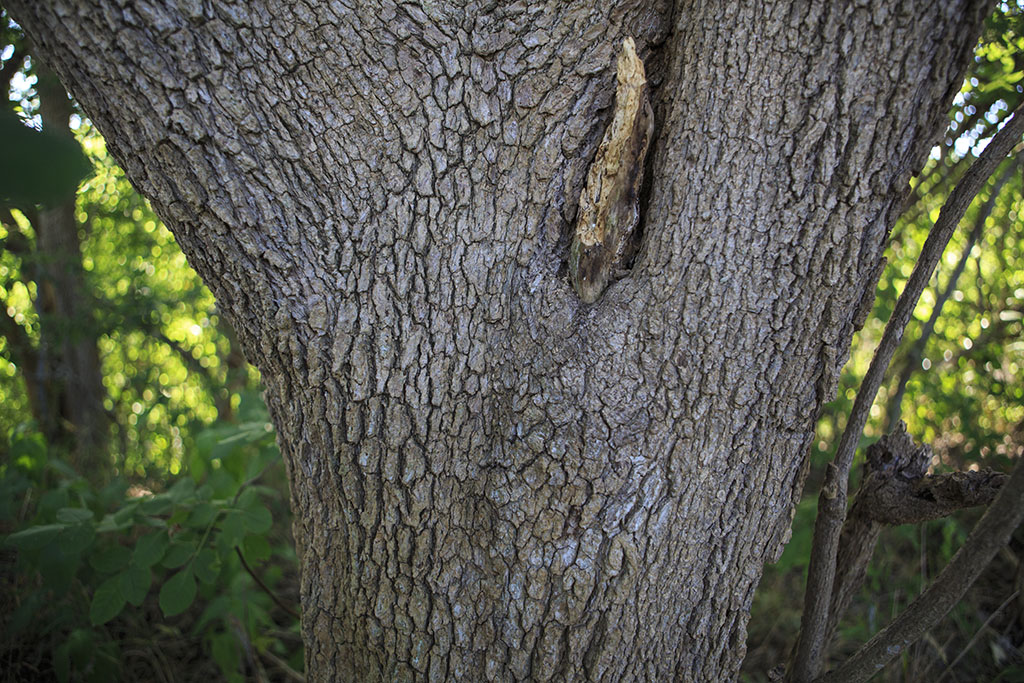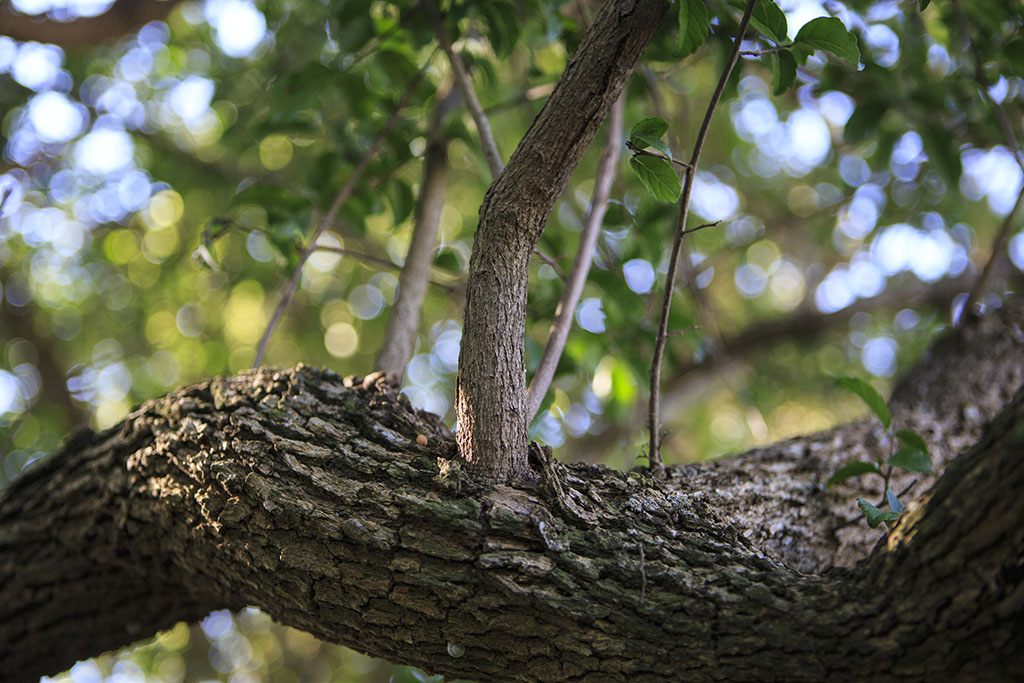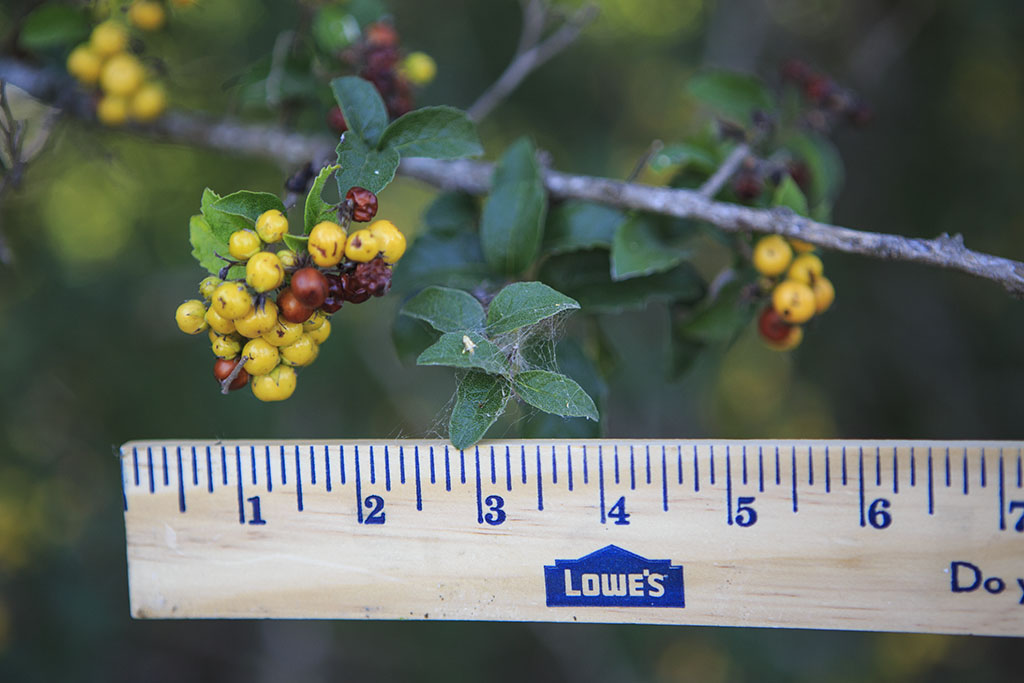A Tree Grows Along The Blanco
A few weeks ago, I posted about our visit to Blanco Shoals and showed a photo of a tree which I could not identify. The tree was covered in beautiful yellow and red berries. Here’s the photo.
I asked on our Master Naturalist’s Chapter private forum to see if anyone could identify it. There are so many plant experts in our chapter, that I expected a quick identification. It didn’t turn out that way. Over the course of a week, there were 28 responses and most were incorrect guesses.
Most of the problem was due to my initial photo and I learned a valuable lesson in plant identification. The main issue with my tree identification photo was that it had no scale. Some people thought the berries were quite large and that lead them to erroneous IDs. It’s also very helpful to get photos of the entire plant, including the bark, the leaves, flowers, and anything that stands out.
We returned the next weekend and took the following photos. First is the trunk. In addition to the bark’s appearance, you can see the tree has a single trunk.
Here’s a closeup of the trunk to get a better view of the bark. Note that in both of these, I still forgot to put a ruler in the photo to get a scale, even though I had one with me!
The newer branches had a different bark than the trunk and I thought that might be important.
Here’s a view of the leaves. At last, a scale!
Another view of the leaves.
Finally, a photo of the berries.
I thought it might be anacua and Lance Jones said that’s what he thought it was.
Dr. Tom Watson, a retired biologist, who is a friend of mine and a fellow chapter member confirms the tree is an anacua (Ehretia anacua) tree. He’s only seen one other in central Texas and it is a bit outside of its normal range. That’s interesting because we saw many along the Blanco River at Blanco Shoals and also at Five Mile Dam.
Tom also said if the tree has clusters of white flowers, then that will strengthen the ID.
There are many online resources for plant identification but it’s best if you can find one that covers local plants. The Native Plant Database at the Wildflower Center is good. I wish I had time to get really good at it. Most of the plants I know are from memory. Most of the grasses I know, I can identify when they have seed heads. It’s like puzzle or riddle solving and can be quite challenging.







Pingback:Anacua At Five Mile Dam - Mother Nature's Son